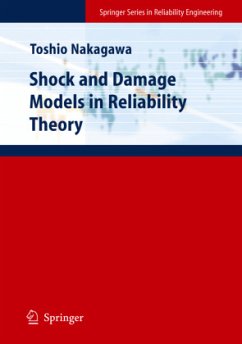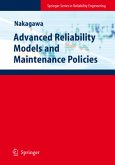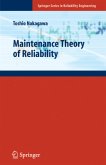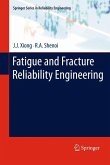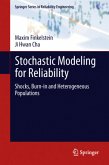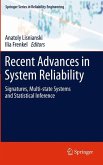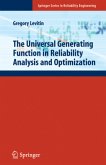Most engineering systems su?er some deterioration with time from wear, - tigue,and damage, and ultimately fail when their strength exceeds a critical level. Failure mechanisms by which the causes of failures are brought about arephysicalprocesses.Thetypesoffailurecauses,howtoproceedtofailureby which causes, and the consequences of failures have been physically studied. This has been developed in fracture mechanics and mechanics of materials and has applied to such components and systems. On the other hand, failure mechanisms are in probabilistic and stochastic motions. Such behaviors are mathematically observed and analyzed in the study of stochastic processes. My purpose in writing this book is to build a bridge between theory and practice and to introduce the reliability engineer to some damage models. Failures of units are generally classi?ed into two failure modes: Catastrophic failure in which units fail suddenly and degradation failure in which units deteriorate gradually with time. The former failures often occur in electric parts. The latter failures mainly occur in machinery. Such reliability models are calledshock ordamage models and can be analyzed, using the techniques of stochastic processes. There exist a large number of damage models that form reliability models mechanically and stochastically in the real world. Reliability quantities of these models have been theoretically obtained. However, there is not any special book written on these ?elds except the book [2]. Their case studies for reliabilityareveryfewsbecausetheanalysismightbetoodi?culttheoretically to apply them to practical models. When and how maintenance policies for damage models are made are important.
From the reviews:
"The book describes various models of shock and damage in reliability theory, and derives the optimal policies for such models. ... covers a large number of shock and damage models, and opens new areas of research. It can be found to be useful to graduate students and researchers in reliability theory."
(Moshe Shaked, Zentralblatt MATH, Vol. 1144, 2008)
"The book describes various models of shock and damage in reliability theory, and derives the optimal policies for such models. ... covers a large number of shock and damage models, and opens new areas of research. It can be found to be useful to graduate students and researchers in reliability theory."
(Moshe Shaked, Zentralblatt MATH, Vol. 1144, 2008)

